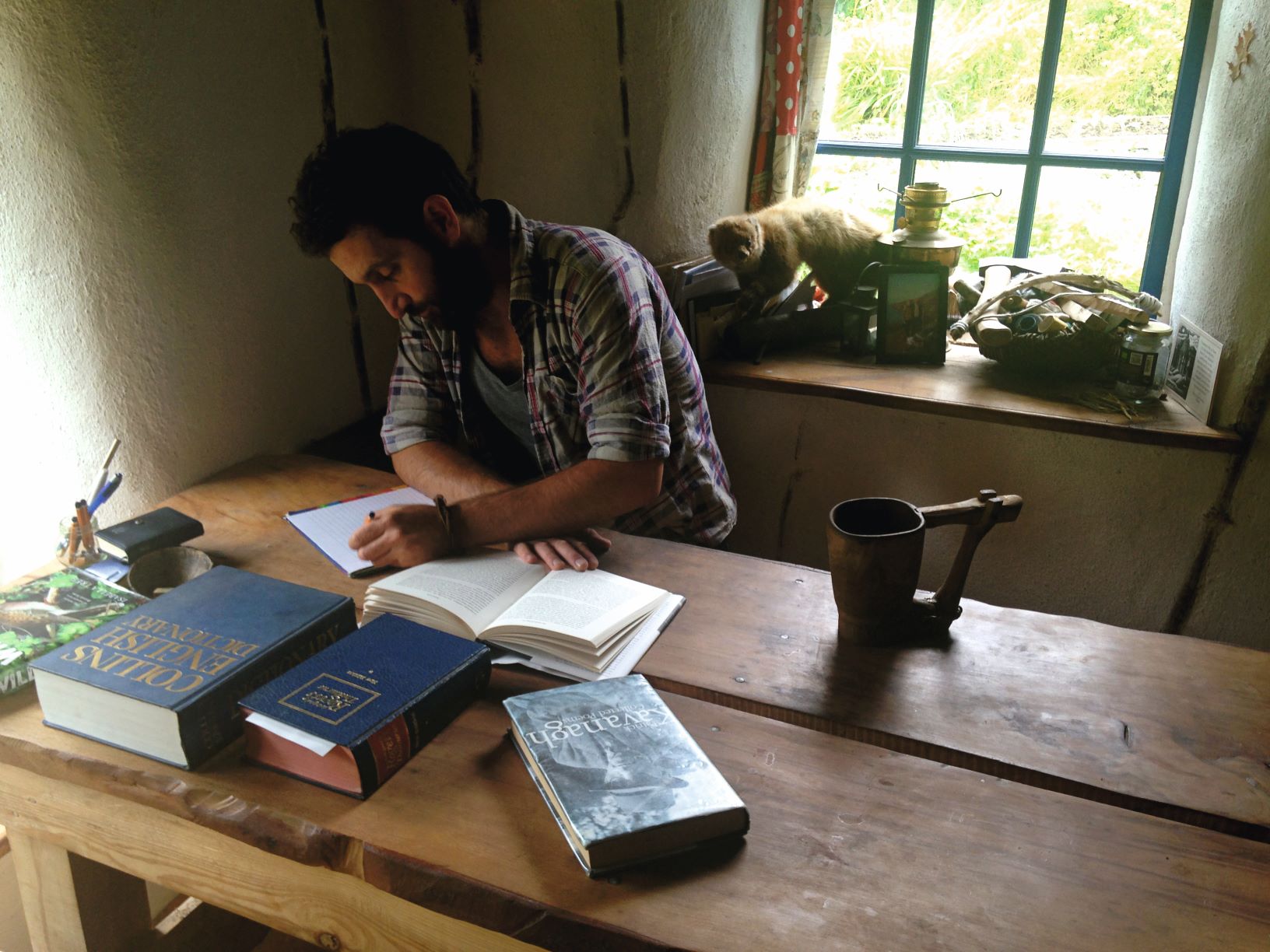Learn something new with our one-minute Geography primer
Question: What links Parliament, Windsor Castle, York Minster and a market town in Lincolnshire?
Answer: Clipsham Stone.
All three iconic buildings, as well as the Lincolnshire market town of Stamford, were built using the beautiful, honey-coloured Clipsham Stone.
Clipsham is similar to Bath stone in that it’s an oolotic* limestone formed in the Jurassic era. It’s produced in an area around the village of Clipsham (yep, clue’s in the name) in Rutland, and the stone is known for its resilience, particularly in the acidic conditions of large cities, where smog might damage other stones. Parliament was originally built from Anston limestone from West Yorkshire but it was later replaced with the more hardy Clipsham stone, picked to be able to stand up to London’s sulphurous emissions from all the factories and houses.
Clipsham has been used in many Oxford Colleges and other notable buildings, but its earliest use was for the building of Windsor castle between 1363 and 1368. It was also used for the beautiful honeyed Georgian buildings of Stamford, home to many a British costume drama. It’s said Colin Firth lived on a diet of Clipsham stone in the early nineties.**
In our August issue, you can take a virtual tour of Stamford in our ‘My Neighbourhood’ piece. We think you’ll be searching out local B&Bs quicker than we can say ‘early Autumn weekend break’. Enjoy!
*Oolots are small, egg-shaped grains that form by gradually building up layers, the same way hailstones do.
** It isn’t.
Get hold of your copy of this month's The Simple Things - buy, download or subscribe







